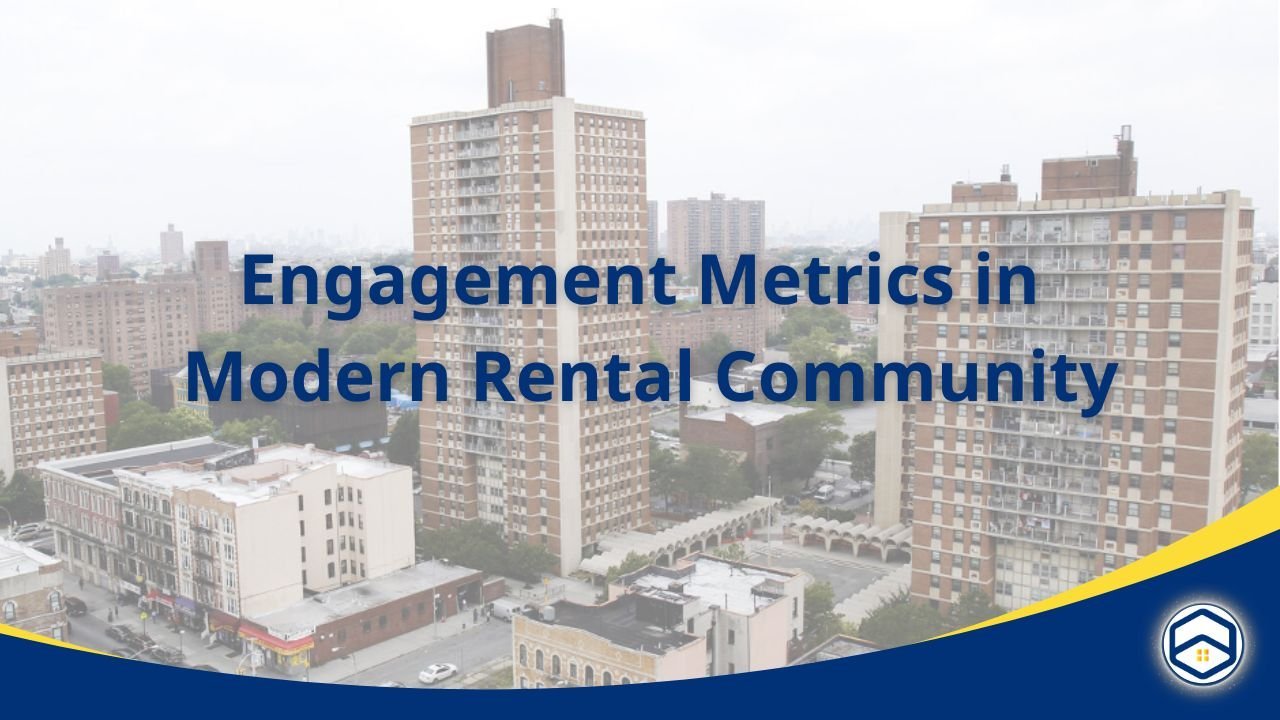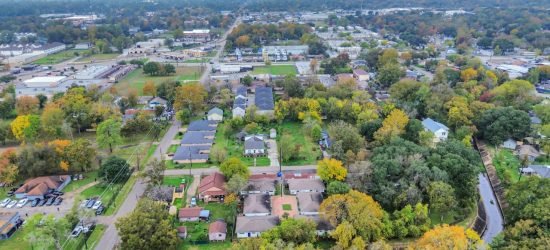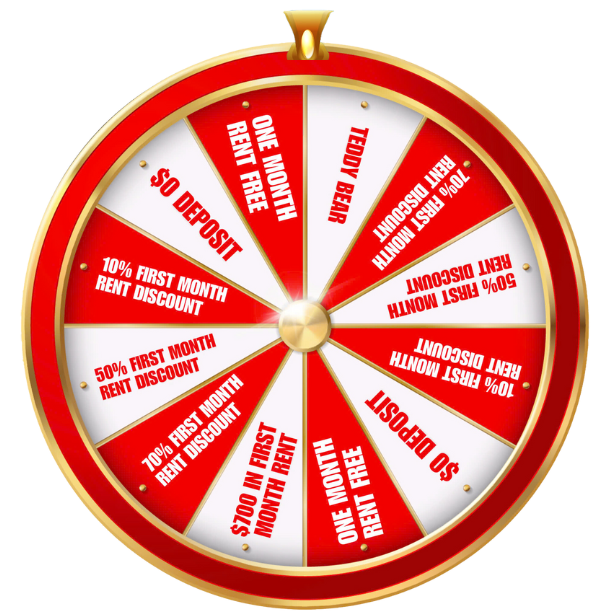In the dynamic landscape of property management, the concept of engagement metrics in the modern rental community has emerged as a pivotal tool for landlords and property managers alike. From gauging tenant satisfaction to optimizing community amenities, these metrics offer invaluable insights into the health and vibrancy of modern rental communities. As the rental market continues to evolve, understanding and leveraging engagement metrics in the modern rental community has become essential for fostering a thriving and cohesive living environment.
Understanding Tenant Satisfaction

Tenant satisfaction serves as a cornerstone metric in evaluating the overall health and vitality of a rental community. With a substantial portion of households in the United States opting for rental accommodations—over 36%, as reported by the US Census Bureau—the significance of tenant satisfaction cannot be overstated.
Property managers routinely administer tenant satisfaction surveys to gather comprehensive feedback on numerous facets of community living. These surveys delve into various aspects, including but not limited to maintenance responsiveness, amenities satisfaction, safety and security measures, noise levels, and overall quality of life. This feedback is crucial for landlords and property managers to understand the engagement metrics in modern rental community and make informed decisions to enhance the living experience for residents.
For instance, if the survey reveals a consistent dissatisfaction with the responsiveness of maintenance requests, property managers can allocate additional resources or implement streamlined processes to address these concerns promptly. Similarly, if residents express a desire for enhanced recreational facilities or community events, property managers can prioritize investments in these areas to enhance the overall living experience.
Moreover, tenant satisfaction surveys facilitate open communication between residents and property management, fostering a sense of transparency, trust, and community engagement in the context of engagement metrics in modern rental community. By actively soliciting feedback and actively responding to residents’ concerns and suggestions, property managers demonstrate their commitment to prioritizing resident satisfaction and well-being. This proactive approach not only helps in maintaining high tenant retention rates but also contributes to fostering a positive and vibrant rental community environment.
Optimizing Community Amenities

According to HUD data, amenities such as green spaces, recreational facilities, and communal gathering areas are not only desirable but also essential in enhancing tenant satisfaction and fostering a sense of community belonging. As rental communities continue to evolve, understanding and leveraging engagement metrics in modern rental communities related to amenity usage and satisfaction levels become increasingly crucial for property managers and landlords.
By analyzing engagement metrics in modern rental communities related to amenity usage and satisfaction levels, property managers can gain valuable insights into the effectiveness of existing amenities and identify areas for improvement. For instance, if engagement metrics reveal low utilization rates for communal gathering areas, property managers may explore opportunities to enhance these spaces by adding seating areas, installing outdoor amenities such as barbecue grills or fire pits, or organizing community events to encourage social interaction among residents.
Moreover, engagement metrics in the modern rental community related to amenity satisfaction levels provide property managers with actionable data to tailor their offerings to better meet the diverse needs and preferences of residents. For example, if residents express dissatisfaction with the condition or accessibility of existing recreational facilities, property managers can prioritize maintenance and upgrades to ensure these amenities meet the highest standards of quality and functionality.
Driving Operational Efficiency

Engagement metrics in modern rental communities not only provide insights into tenant satisfaction and amenity usage but also serve as a catalyst for driving operational efficiency within rental communities. By harnessing the power of data analytics tools and software platforms, property managers can unlock a wealth of valuable information that enables them to streamline operations, optimize resources, and enhance overall performance.
One of the key benefits of leveraging engagement metrics in the modern rental community is the ability to track and monitor key performance indicators (KPIs) effectively. For example, property managers can use data analytics tools to track maintenance response times, vacancy rates, and lease renewal rates in real time. By closely monitoring these KPIs, property managers can identify trends, patterns, and areas for improvement, allowing them to make data-driven decisions that improve operational efficiency and tenant satisfaction.
Engagement metrics in the modern rental community enable property managers to anticipate tenant needs and proactively address issues before they escalate. For instance, if data analytics reveal a spike in maintenance requests in a particular area of the community, property managers can allocate resources accordingly to ensure timely resolution and minimize tenant inconvenience. Similarly, by analyzing lease renewal rates and tenant feedback within the context of engagement metrics in modern rental communities, property managers can identify opportunities to enhance the resident experience and increase retention rates.
Tips for leveraging engagement metrics in modern rental community

- Identify Key Metrics: Start by identifying the key engagement metrics in the modern rental community that are most relevant to your rental community. These may include tenant satisfaction scores, amenity usage rates, maintenance response times, lease renewal rates, and vacancy rates.
- Implement Regular Surveys: Conduct regular tenant satisfaction surveys to gather feedback on various aspects of community living, including amenities, maintenance, safety, and overall satisfaction. Consider using online survey tools or mobile apps to make it easy for residents to provide feedback.
- Track Amenity Usage: Use data analytics tools to track the usage of community amenities such as fitness centers, pools, common areas, and recreational facilities. Analyze this data to identify trends and preferences among residents and make data-driven decisions about amenity offerings and improvements.
- Monitor Maintenance Response Times: Keep track of maintenance requests and response times to ensure timely resolution of issues. Identify any recurring maintenance issues or areas where improvements are needed to enhance tenant satisfaction.

- Analyze Lease Renewal and Vacancy Rates: Monitor lease renewal rates and vacancy rates to gauge tenant retention and overall community stability. Analyze the reasons behind tenant turnover and vacancy periods to identify opportunities for improvement.
- Benchmark Performance: Compare your engagement metrics to industry benchmarks and best practices to assess how your rental community is performing relative to others. Use this information to identify areas where improvements can be made and set goals for improvement.
- Communicate Findings and Take Action: Share the findings from engagement metrics with stakeholders, including property owners, investors, and residents. Use the insights gathered to develop action plans and make improvements to enhance the overall living experience in the rental community.
- Embrace Technology: Leverage technology such as data analytics platforms, property management software, and smart building systems to collect, analyze, and act on engagement metrics more efficiently. Automation and integration can streamline processes and provide real-time insights for decision-making.
- Encourage Community Engagement: Foster a sense of community and encourage resident engagement through social events, community activities, and communication channels. Engaged residents are more likely to provide feedback and contribute to the overall success of the rental community.
- Continuously Evaluate and Adapt: Engagement metrics should be monitored regularly, and strategies should be adjusted as needed based on changing tenant preferences, market conditions, and other factors. Continuously evaluate the effectiveness of your efforts and adapt accordingly to ensure the ongoing success of the rental community.
Conclusion
In today’s competitive rental market, the role of engagement metrics in the modern rental community cannot be overstated. By understanding and leveraging these metrics, landlords and property managers can enhance tenant satisfaction, optimize community amenities, and drive operational efficiency. From conducting regular tenant satisfaction surveys to analyzing data insights from government agencies, embracing a data-driven approach is essential for fostering a thriving and cohesive living environment in rental communities across the United States.











